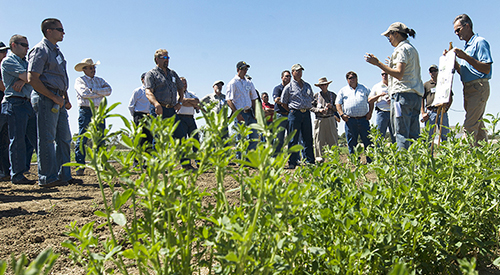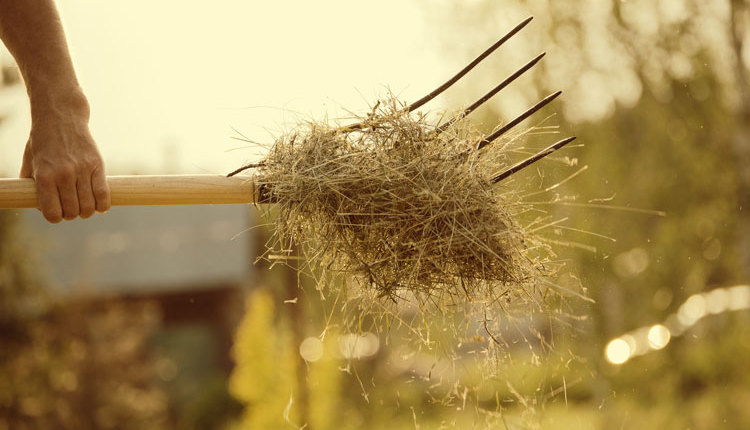
Looks are deceiving when it comes to what is perhaps dairy producers' favorite cattle feed.
Alfalfa is known to date back at least 8,000 years, but the last 50 or so have seen a reinvention of the plant through scientific research and development that helps feed cows around the world.
One of the leaders in that effort has been W-L Alfalfas, which last week celebrated its 55th anniversary at its newly opened research farm in Davis, Calif. (pictured above).
Alfalfa has seen quantum improvements the last few decades, but those are dwarfed by what appear to be in the pipeline.
High on the list are greater resistance to salinity, much lower water requirements, much less lignin, more protein, higher protein digestibility and, of course, higher yields.
Frankly, the scale and intensity of work that is underway makes one think of cutting-edge human disease research, not plant improvement. And the profitability potential that those improvements represent for milk producers goes far beyond exciting.
Growing more and better alfalfa is a must. W-L scientists point out that both have to happen if farmers have any hope of feeding an increasingly bigger and hungrier world in the years ahead. More meat will be a necessity, which means more alfalfa will be, too. But more water and more acres will probably not be options, so research will carry much of the burden.
Currently, average alfalfa yield in the U.S. is just 3.0 tons per acre per year. Arizona is miles ahead of every other state at 8.4 tons. California is second at 6.9, New Mexico is third at 5.5, and Texas and Washington are fourth at 4.9.

The author has served large Western dairy readers for the past 36 years and manages Hoard's WEST, a publication written specifically for Western herds. He is a graduate of Cal Poly-San Luis Obispo, majored in journalism and is known as a Western dairying specialist.










